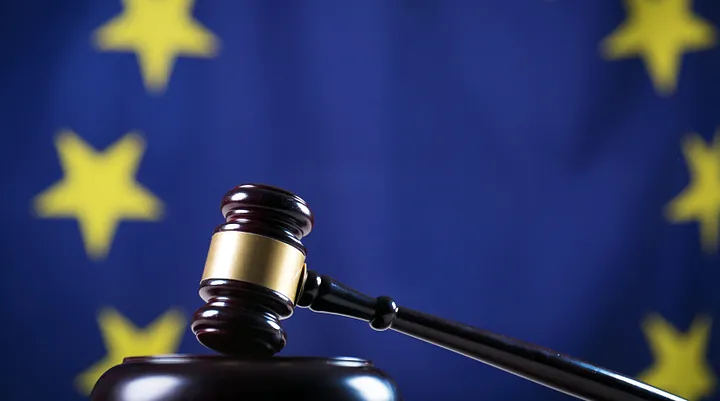In April 2023, the European Union rolled out a comprehensive piece of legislation to finally reign in the crypto and blockchain industry. The Markets in Crypto-Assets Regulation (MiCA) is a bold and pioneering initiative aimed at applying a unified regulatory framework to the industry and establishing clearer laws for crypto asset service providers and token issuers.
Viewed as a milestone in the crypto regulatory landscape, MiCA recently approved a provision to address stablecoins, which have long been seen as complicated assets to regulate due to their unclear classification and common use in cross-border transactions. Following the approved provision, Circle, the issuer of the USDC stablecoin, became the first stablecoin issuer to formally be recognized as compliant under the EU’s crypto legislation. Circle’s newly granted status has led many to ponder MiCA’s implications on the $160 billion aggregate stablecoin supply as well as the broader crypto and web3 economy.
While the idea behind the most thorough attempt to regulate crypto is to protect investors by placing liability on the organizations issuing digital assets and providing services, onboarding new users, and fostering innovation while ensuring competition, it will take some time to gauge its full impact.
The idea for MiCA was born out of a wave of ICOs in 2017 and 2018 that raised concerns about scams, frauds, and other manipulations that could upend financial stability within the European bloc. After years of research, due diligence, and good intentions, MiCA deserves a lot of credit for its approach to balancing regulation with innovation—a clear recognitionof crypto and blockchain’s technological and business advantages. Furthermore, MiCA bolsters stability, investor trust, transparency, and oversight with its comprehensive legal framework.
But MiCA has some blind spots.
While the regulatory framework acknowledges the importance of bridging crypto asset service providers and traditional finance, it doesn’t offer much on how to make that a reality. Indeed, the growing overlap of tradfi and digital assets bodes well for boosting adoption and has likely contributed to a maturing crypto ecosystem, but MiCA places limitations on stablecoins that seem counterproductive.
Non-Euro-pegged stablecoins are not allowed to be used in transactions for goods and services and face daily limitations on the number of transactions (up to one million) and their total value (€200 million). This essentially puts usage limits on USDC and USDT, the two leading stablecoins, even if they are certified as MiCA compliant.
And since stablecoins are so crucial for facilitating transactions, enabling defi, and boosting nearly every aspect of the industry, these curbs could potentially impact liquidity and disrupt innovation and defi activity, undermining a core pillar of MiCA’s mission.
Moreover, these limitations are compounded because MiCA doesn’t emphasize interoperability, one of the industry’s most pressing needs, nor does it seem interested in encouraging crypto-fiat payment solutions—key avenues for bolstering liquidity and sparking innovation that stretch beyond crypto.
While it’s too early to understand how MiCA’s stablecoin approach will play out, Europe’s regulators can do more to address interoperability and cross-ecosystem payments to future-proof its economy and avoid market fragmentation. This can be improved by working with EU organizations like Horizon Europe and the European Innovation Council to find innovative startups that address areas MiCA has neglected.
For example, Kima, an asset-agnostic, peer-to-peer money transfer and payment protocol, provides an interoperable settlement layer for interchain and crypto-fiat transactions. By removing the barriers between blockchains and between traditional financial instruments and blockchain networks or decentralized apps, Kima’s protocol enables developers to access greater amounts of liquidity. This also benefits non-crypto native users and financial institutions by enabling funds to flow in all directions.
MiCA will undoubtedly serve as the standard bearer for crypto regulation, guiding other nations and economic blocs on how to regulate a burgeoning, complex, and volatile market that offers a lot of promise. It’s important that in its just desire to protect its monetary interests, it doesn’t overlook other areas that impact the industry’s ability to grow. The EU has shown a willingness to adapt and study trends as they emerge, and in the fast-paced crypto world, this is needed to ensure appropriate measures are taken to protect investors as well as the integrity of the entire industry.



0 Comments